Assessment Like Water

by Valerie Carnaghan
“The primary purpose of assessment and evaluation is to improve student learning”
Introduction
The Ministry of Education’s 2010 publication Growing Success flew off educational bookshelves everywhere, surprising administrators and re-igniting a passion for their profession that many teachers had lost during the barren Harris years and their subsequently lean aftermath in Ontario schools. Maybe? Probably not. Well, definitely not, at least not at my school. What Growing Success did ignite, in my own small corner of the teaching world, were heated debates over the role of evaluation and assessment as it related to “good” teaching practice.What did a world without zeros look like? How was it equitable to forgo consequences for students who did not submit work without a good cause? Is 70% of a brake job ‘provincial standard’ too? Eventually, the uproar became a steady grumble and the conversations boiled down to a single question: what were we really teaching? And so a document that was intended to modernize and clarify the ancient practice of ranking and sorting students for their future lives, was met with outrage and disbelief by the very people whose work it sought to improve. And in my fourth full year of teaching, when I had stopped crying in my portable afterschool, and I was genuinely beginning to enjoy my colleagues, all hell broke loose. It seemed a little late in the public education field to have come to an existential crisis but better late than never. A decade, and many mistakes later, I have Growing Success to thank for the most important belief I have about teaching practice. If something is not fostering student learning, it has outlived its purpose and needs to be changed.
Don’t Hit the Bin on the Way Out
Effective assessment practices can be summed up tidily into the bullet point list titled “the seven fundamental principles” in Growing Success (6). These deceptively simple points reflect the careful consideration and lengthy criteria that all assessment activities, tools and supports should meet before they are introduced for classroom use. After this initial checklist, student reactions and responses dictate whether or not a resource or activity needs to be adopted, adapted or recycled. I’ve learned that there is only one thing more disheartening than relegating a lesson or project you’ve worked hard to create to the recycling bin: it’s watching students toss their own work in there on the way out of class. Sometimes it’s us or them, and if students are not responding to to something we’ve created, and it cannot be adapted, then we have to start again. As educators we must be “listening carefully to what students say and thinking deeply about how to better guide them” (Dukor 28). This means designing assessment tasks that ask students to create something of worth, something that they themselves value. It also means privileging their interests and curiosities over our own ideas of how they “should” be learning because “too many tests and assignments offer little in the way of creativity and student growth” (Sackstein 43). Using the fundamental principles as a guide to my own classroom assessment practice has meant less student work in the bin at the end of class, and more passed around excitedly to friends.
Classroom #Collab
In direct contrast to careful planning and consideration of the fundamental principles, sometimes my most effective assessment tools have been created in my classroom. This is usually when my students or I realize that we need something we haven’t thought of, so we make it together. Necessity is the mother of invention. Although this isn’t the careful and well-balanced assessments all educators wish they could make in a single prep period, helping our students recognize the need for, and then create their own tools to move forward in their learning is an authentic and effective assessment as learning. Wahlstrom and Louis (2008) found that the most important factor to successful change processes was found in schools which had developed a strong collaborative community with shared responsibility for the change (Smith 122). While I’m sure they were referring to communities of educators, I think their argument applies to a classroom community of students and teachers, where both recognize and honour the learning of the other. If we want our students to move forward in their thinking, and change is needed to help them improve, we have to give them the autonomy to make changes. As educators, we need to learn to let go.
All the Learning I Did Not Plan
Co construction of success criteria, self selection of reading materials, and flexibility in products or activities to demonstrate learning are all ways that students can have ownership over their learning. The argumentative paragraph anchor chart I use religiously in all my junior classes is a product of spontaneous co construction with a class that was having trouble leaving behind narrative form to embrace a more analytical organization of communicating their ideas in writing. They had excellent evidence and strong opinions, they knew what they wanted to write, but they couldn’t bridge the gap. They told me: “We don’t get it”. I listened. They said, “Show us?” So I pulled up paragraphs from the previous semester. They said, “Which are the best ones?” I said, “Good question. Let’s decide together.” So I printed a variety, handed out markers and we began colour coding. We used different colours for opinions, evidence and explanation in the paragraphs. We compared, discussed, ranked, re-coded and then designed a template that reflected what we learned about how to organize ideas that was both persuasive and informative. It took a week. A week I had not planned. During that week I was reminded about the power of observation as a tool for assessment. As Brookhart tells us, “looking at what students are actually doing also highlighted the kind of thinking students were learning to do” (16). I’d like to say that I thoughtfully planned this great paragraph writing activity, but I didn’t, my students did. They recognized what they needed to move their learning forward, asked for it, and together we created an activity and assessment tool that I still use to help other students. I just had to be willing to follow their lead. When we allow space for our students to help create assessment tasks and tools, we develop assessment practices that are “a sequence of “moves” that invite positive, ongoing relationship between educators and students” (Dukor 29). Allowing our students to use their own judgment to inform their learning helps further the important relationships we make with our students. It encourages them to take the huge, and necessary, risk of telling their teachers when they don’t understand. It also provides the opportunity for teachers to reassure students that, in fact, learning what we don’t understand is the whole point of school.
What Are We Teaching?
Recently I’ve began learning about Gloria Ladson-Billings and her research on teaching that integrates a student’s background knowledge and prior home and community experiences into the curriculum and the teaching and learning experiences that take place in the classroom (Culturally Responsive Pedagogy 2). Her work, and it’s continuation and extension through Gay (2002), Villegas and Lucas (2002), and Brown-Jeffrey and Cooper (2011) resonates strongly with my own classroom experience (Culturally Responsive Pedagogy 1). As an English teacher I believe that it is the transaction between reader and text that creates meaning, that our personal experience “brings a story to life” as unique as each person who reads it (Rosenblatt 386). As Thomas King says, “the truth about stories is that is all we are” (2). Assessment practices must provide a variety of opportunities for students connect to their previous understanding and real world experience. It must also allow unique students to demonstrate what they know and not focus on what they have yet to learn in a punitive manner. Authentic assessments “are considered relevant to real world tasks outside the classroom. [They] attend to whether students can craft polished, thorough, and justifiable answers, performances, or products” (Rosemartin 23). Authentic assessment tasks provide questions and opportunities that inspire students to produce thoughtful work that resonates with their experience of the world and seeks to extend it. It offers students chances to collaborate, practice, seek feedback, and redesign to create things of value. Most importantly, it allows for students to value each other, and the talent and knowledge that they bring with them to their classrooms. Grounded in the work of culturally responsive pedagogy I am reminded of the answer to the important question that Growing Success inspired in so many educators. What we teach, are students.
Conclusion
A few years ago I attended an after school session on Assessment and Evaluation in the English classroom. I ran into my very own high school English teacher. He stood during the workshop and asked the question: “So if a student doesn’t hand in their work I’m supposed to give them a hug?” Time had not altered him much, to my mind. Afterwards we exchanged the usual pleasantries. I confirmed that I still thought Hamlet ruined an excellent play about Claudius and he told me I was still too young to have such a unilateral outlook on life. We laughed. I asked him for a piece of advice to sustain me through what I knew to be a challenging career. He told me that I should try to spend at least one day each year staring out at a lake for my own spiritual growth. He said that nothing summed up the precarious existence of man like water: we must have it to live, but it will also kill us without remorse. I think the same metaphor can be extended to assessment in education. Without it we are not learning, but misuse it and we’ll kill the curiosity that sustains any pursuit of knowledge.
Work Cited
Brookhart, S. M. and C. M. Moss. Leading by learning. Phi Delta Kappan, 2013, 94(8): 13-17.
“Culturally Responsive Pedagogy.” Capacity Building Series No. 35. Ministry of Education, 2013.
Dukor, B. Formative Assessment in Seven Good Moves. Educational Leadership, 2010, 71(6):28-32
Growing Success: Assessment, Evaluation and Reporting in Ontario’s Schools : Covering Grades 1 to 12. Toronto: Ministry of Education, 2010.
King, Thomas. The Truth About Stories: A Native Narrative. Toronto: House of Anansi; 2003.
Rosemartin, Dennis. “Assessment for Learning: Shifting Our Focus.” Kappa Delta Pi Record, 49:1, 2013, 21-25,
Rosenblatt, Louise M. “What Facts Does This Poem Teach You?” Language Arts , v57 n4 1980, 386-394.
Smith, Kari and Knut Steinar Engelsen. “Developing an assessment for learning (AfL) culture in school: the voice of the principals.” International Journal of Leadership in Education: Theory and Practice, 2013, 16:1,106-125.
Sackstein, Star. Hacking Assessment: 10 Ways to Go Gradeless in a Traditional School.
Cleveland, Ohio: Times 10 Publications; 2015.


Recent Comments